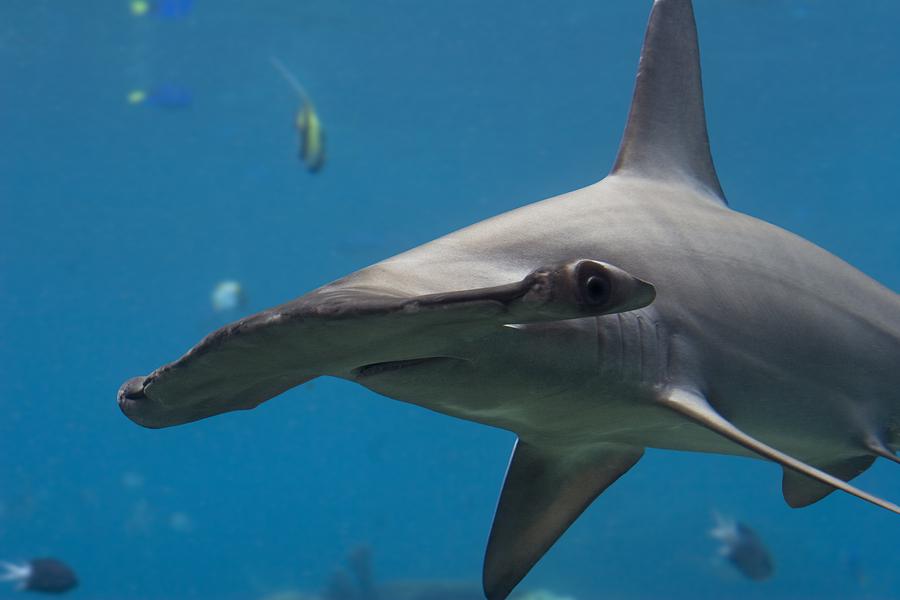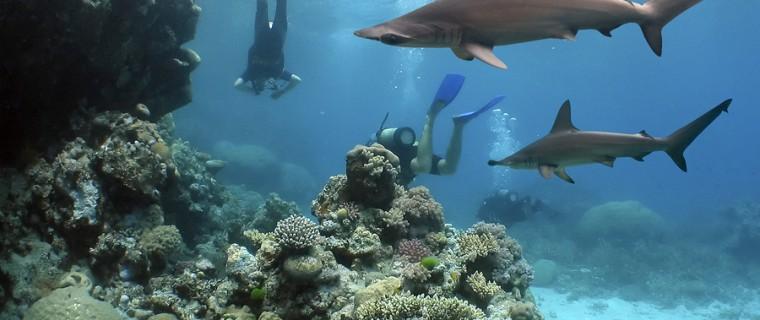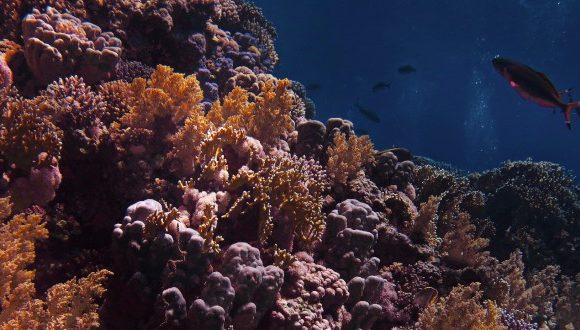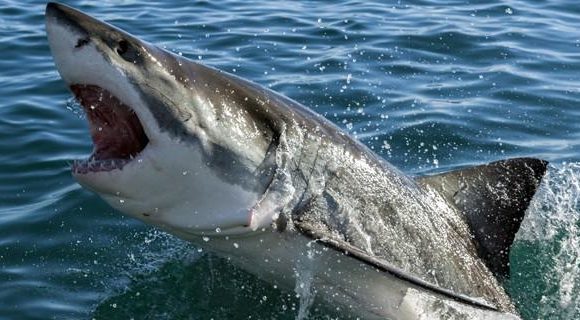CMS Gives Long-Awaited Protected Status to Six Shark Species

Sunday, November 9, 2014 saw the awarding of protection to a handful of shark species according to the Convention on the Conservation of Migratory Species of Wild Animals (CMS) by the United Nations Environment Programme (UNEP). Although the CMS treaty has been in existence since 1979 and provides protection for sharks, whales, rays and other migratory marine species, the new measures certainly signal a significant turning point for these animals. The species which are now protected include three threshers (genus alopias), the silky shark (Carcharhinus falciformis), and both the great (Sphyrna mokarran) and scalloped (Sphyrna lewini) hammerhead sharks. It was during the eleventh Conference of the Parties to the CMS treaty (CoP11), which met in Quito, Ecuador with the purpose of discussing worldwide measures to bolster the conservation status of migratory animals, that the decision to protect these shark species was finally made.
The rate at which sharks are disappearing from the world’s oceans has been described by CMS as alarming . Migratory sharks, the vital apex of oceanic food chains, are sought after by fisheries for their meat and fins, as well as their cartilage, liver and skin, but they also become ensnared in the nets of other fisheries unintentionally. The protection of sharks, rays and sawfish comprise 21 of the 31 approved proposals in the CMS Appendices.
Recent scientific studies have indicated that sharks are currently facing a dire situation, which is why the new protective measures are an important legal step in the right direction. A report which was published in January 2014 by the IUNC Shark Specialist Group estimates that a quarter of the world’s shark and ray species are endangered. Another study published in 2013 entitled “Global catches, exploitation rates, and rebuilding options for sharks” states that somewhere between 63 million and a whopping 273 million sharks are killed around the world every year. The shocking rate at which shark populations are dwindling, which was previously a concern among the environmentalist community, has now been confirmed by both the scientific community and, as of late, international law.
The CMS Appendix II will now require countries whose shores border migratory routes for these migratory species, which currently have a disadvantageous conservation status, to cooperate in protecting, conserving and recovering migratory habitats. They will also be required to abstain from activities and remove any obstacles which hamper migration.
The new protective measures will especially benefit areas such as the Galapagos Marine Reserve, a UNESCO World Heritage Site bearing the hammerhead shark as its symbol..
Providing for the survival of sharks, the top predators in the marine ecosystem, in the waters around the Galapagos will contribute to ecological stability in a corner of the globe which is famed for its marine wildlife.
The CMS regulations will not only protect and conserve natural habitats, such as the Galapagos Islands and Cocos Island in Costa Rica, but it will also give more power to policing agencies to enforce the new laws. According to Hugo Echeverría, director of Sea Shepherd’s environmental law project in the Galapagos said, “CMS will provide guiding elements for the application of environmental law inside the Galapagos Marine Reserve, including the recently adopted Penal Code of Ecuador […] In Galapagos, sharks are absolutely protected by law and per by-law.”
















